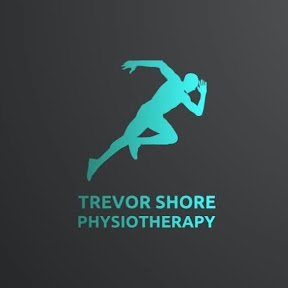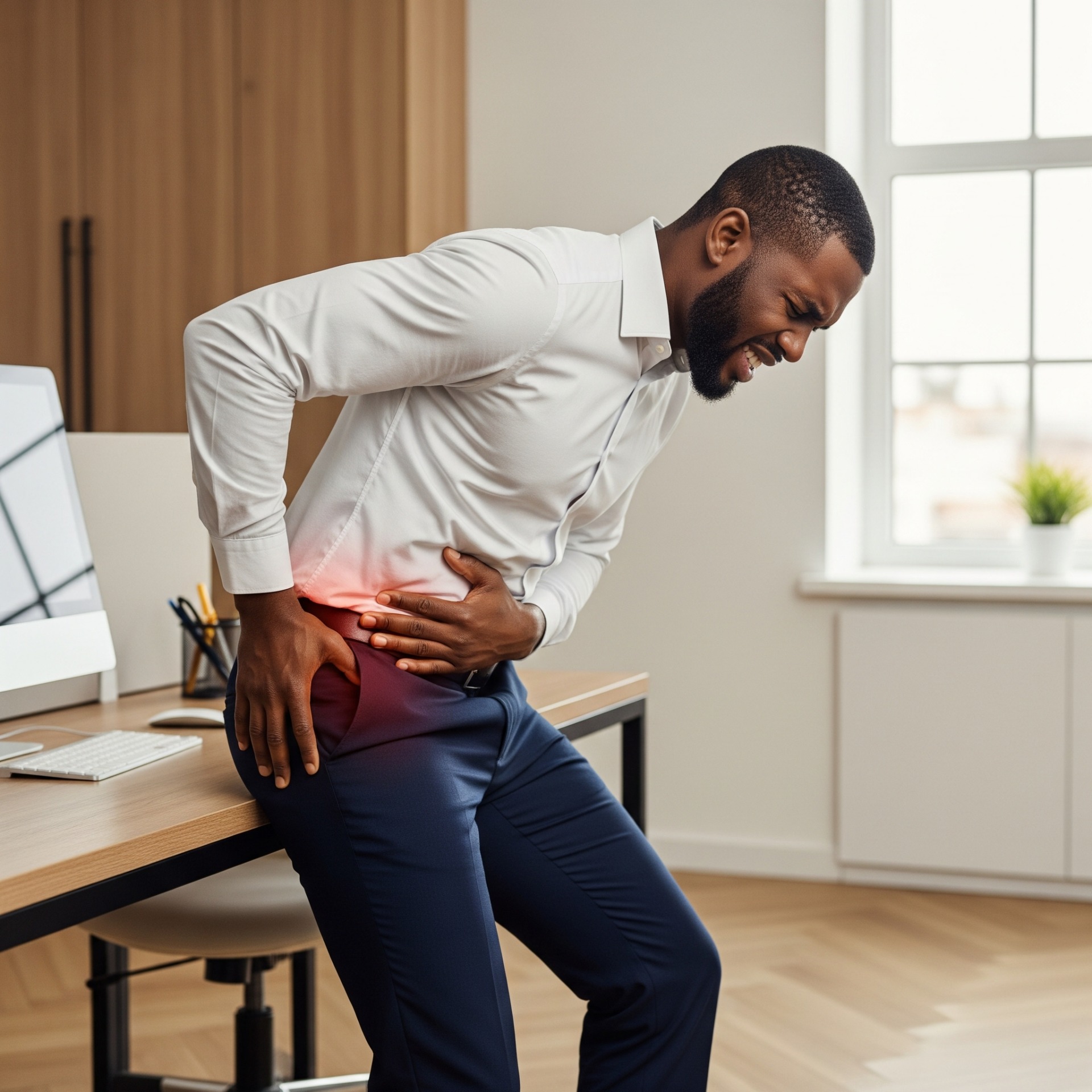Are Office Jobs Weakening Your Glutes? Here's What You Need To Know!
Over millions of years, the gluteal muscles have played a critical role in human evolution. These powerful muscles—the gluteus maximus, gluteus medius, gluteus minimus, and tensor fascia latae—helped our ancestors walk upright, run, jump, and carry vital resources back to their groups. This evolutionary shift didn’t happen overnight. It took roughly 4 million years, beginning around 7 million years ago, according to some studies.
Standing tall gave early humans many advantages: a wider field of vision to detect threats or resources, hands freed for tasks like tool use and carrying food, and increased efficiency in movement. Simply put, our glutes were built for action.
Fast Forward to Today: Sitting is the New Norm
Jump ahead to the modern era, and things have changed drastically. Sedentary lifestyles—particularly office-based jobs—have introduced new challenges to our musculoskeletal system. Today, weakened glutes are a common finding in both ergonomic desk assessments and physiotherapy clinics.
A recent Harvard Health Publishing article (March 2024) highlighted a study showing participants sat an average of 10.4 hours per day, with just 1.5 hours of light activity and 1.3 hours of moderate-to-vigorous activity—often from incidental movement like catching a bus, not structured exercise.
While the study focused on heart health, the implications are broader. We’ve evolved for motion, yet we’ve engineered our lives around sitting.
"Use It or Lose It": The Gluteal Downside of Desk Jobs
Just like any other muscle, the glutes weaken when not used regularly. This can lead to a range of musculoskeletal problems—from mild discomfort to chronic pain that impacts your quality of life.
Muscle atrophy (or muscle wastage) is a natural part of aging. Starting between ages 30–40, we lose about 0.5% to 1% of muscle mass per year unless we counteract it through resistance training and regular movement. For those stuck in sedentary jobs, this process often begins earlier and progresses faster.
The Vicious Cycle: Sitting Weakens Your Glutes, Then Makes You Hurt More
Lack of movement and weakened glutes can contribute to hip dysfunction, which in turn can make sitting more uncomfortable—thus creating a vicious cycle. It’s no surprise that so many office workers complain about lower back pain, hip tightness, and general stiffness.
Here’s an example from MRI imaging often used in physiotherapy:
https://images.app.goo.gl/cRqx5XKAF2qot5PZA
In one comparative image, three cross-sections show muscle tone in different individuals. The middle image—a sedentary individual—reveals significant muscle shrinkage, with glutes replaced by fat. This condition not only weakens the lower body but also raises the risk of other health complications due to increased fat mass.
What We Hear from Our Patients
As physiotherapists, we frequently hear:
- “My lower back feels stiff when I wake up or sit too long.”
- “I feel fine some days, but stairs can really bother my knees.”
- “My hip just aches sometimes… I thought that was just aging.”
While these complaints are common, they’re not inevitable. Often, they signal underlying gluteal weakness and related dysfunctions.
Here are some of the common conditions we diagnose and treat that are often tied to sedentary lifestyles:
- Non-specific lower back pain
- Gluteal tendinopathy (tendonitis/tendinosis)
- Greater trochanteric pain syndrome
- Trochanteric bursitis
- Hip flexor tendinopathy
- Piriformis syndrome
- Sciatica
- Sacroiliac joint (SIJ) dysfunction
- Patellofemoral pain syndrome
- IT band syndrome
- Medial ligament strain
- Altered gait mechanics
- Shin splints
- Plantar fasciitis
Final Thoughts: It's Not Just About Pain, It's About Prevention
Our glutes were never designed to be dormant for hours on end. If you're in a desk-based role, the best thing you can do is incorporate regular movement, targeted glute strengthening, and structured resistance training into your routine.
Pain isn’t just an inevitable part of aging—it's a message. By listening to our bodies and giving our glutes the attention they deserve, we can restore function, reduce discomfort, and move more freely.
Over the coming weeks we will discuss each of these issues, what are the symptoms people commonly suffer, some guidance around some light rehab / strengthening to help prevent any of the above, and how your office chair may exacerbate the symptoms and how to correctly set your chair.

